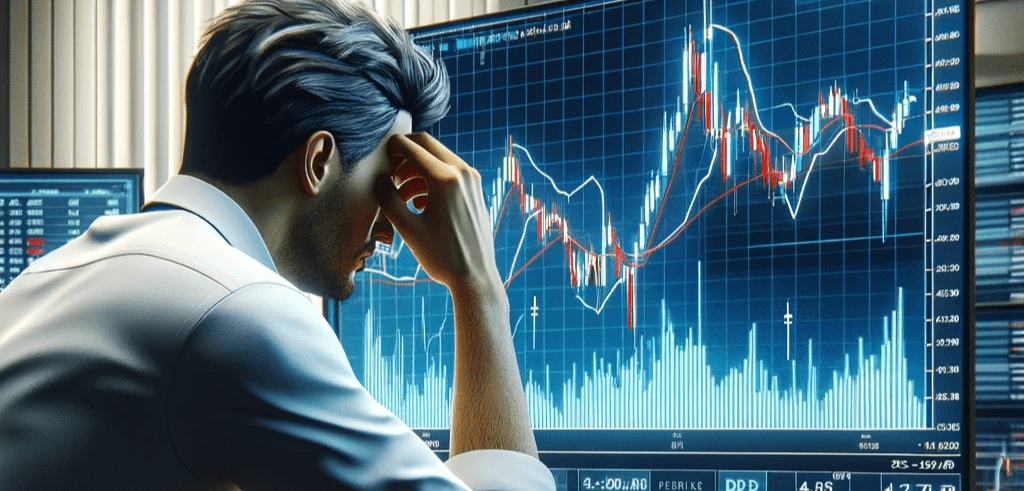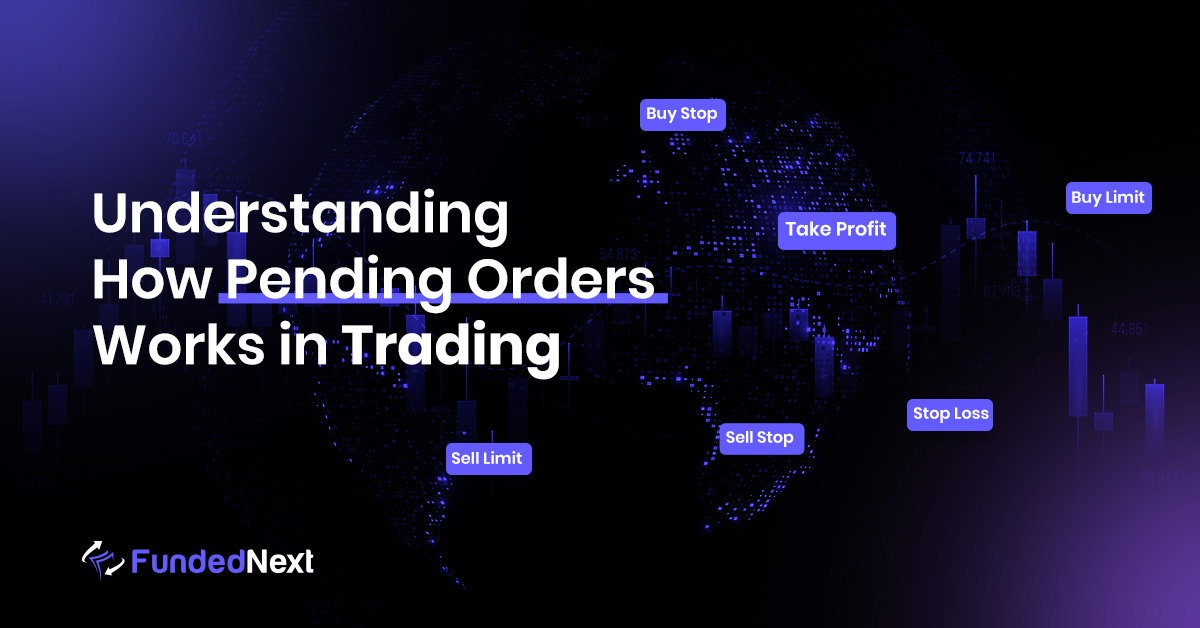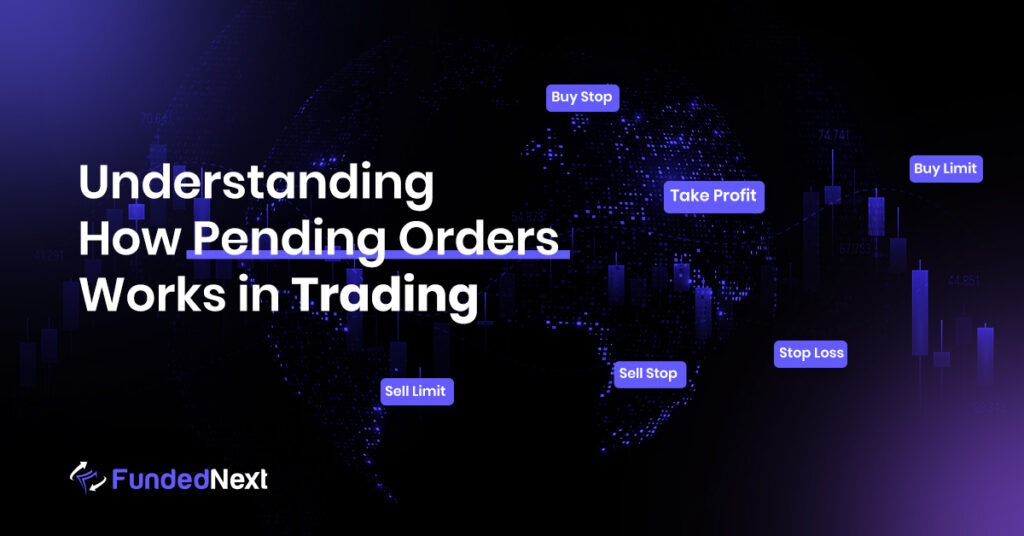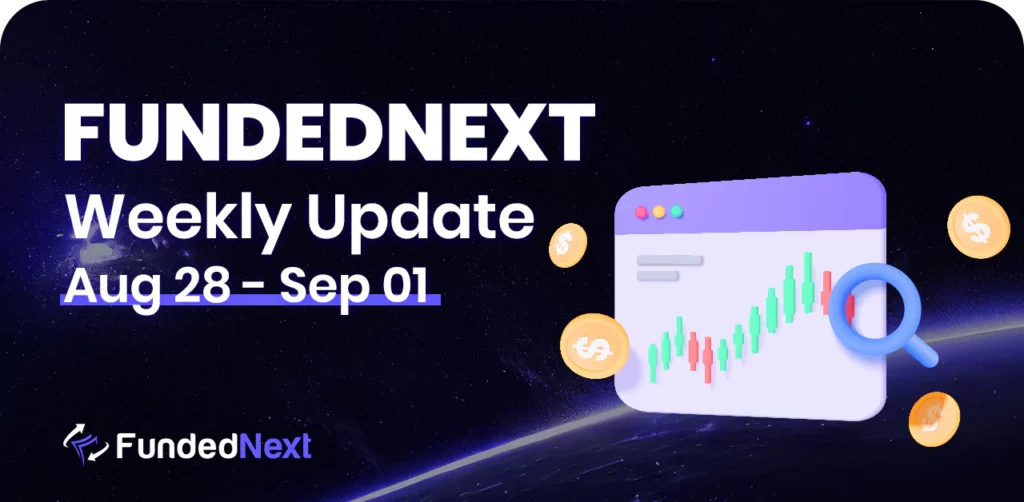Pending orders in trading are instructions given to buy or sell symbols or instruments at a predefined price level in the future. Unlike market orders executed immediately at the current price, pending orders are queued and executed only when the market reaches the specified price, allowing traders to automate their entry and exit strategies based on predetermined conditions.
Pending orders like buy limit, sell limit, buy stop, sell stop, stop loss, and take profit are utilized to automate trade entry and exit at predetermined price levels.
Buy limit and sell limit orders are set to buy or sell symbols at a specific price or better, anticipating a reversal after reaching that level.
Buy stop and sell stop orders are placed above or below the current market price to enter a trade once the price surpasses a certain level, often used in breakout strategies.
Stop loss orders aim to limit losses by automatically closing a trade at a specified price, while take profit orders lock in profits by closing a trade at a predetermined favorable price.
These orders are termed ‘pending’ as they’re queued and executed only when the market reaches the specified level, allowing traders to implement specific strategies and manage risk effectively.
How Spread Impacts on Pending Order
As you know, any kind of pending orders are activated when the market reaches a specified price level. Spreads play a role in this activation by influencing the difference between the bid (buy) and ask (sell) prices. For pending buy orders, the activation occurs when the ASK price reaches the predefined level, affected by the spread.
Conversely, for pending sell orders, activation happens when the BID price aligns with the set price level, considering the spread’s impact on the market prices. Therefore, spreads directly affect the price levels at which pending orders are triggered in the market.
Stop Loss Orders: Bid and Ask Prices’ Influence
Bid and Ask Prices’ Influence on Stop Losses For Buy Orders
In the case of BUY orders, the activation of a Stop Loss depends on the bid price. This is due to the nature of a buy order, to close this order you have to sell it. The sell order is always filled at bid price. Therefore, if you’ve set a Stop Loss for a buy order and the bid price descends to your specified level, the trade will close.
This closure occurs regardless of the ask price, emphasizing that for buy orders, the bid price hitting the Stop Loss level is the determining factor for trade closure.
Example: In the scenario where you have a buy order with a Stop Loss set at 1.3050, the trade will close if the bid price descends to 1.3050, irrespective of whether the ask price remains higher. This emphasizes that for a buy order, the trade closure is triggered when the bid price hits the specified Stop Loss level, regardless of the ask price.
Bid and Ask Prices’ Influence on Stop Losses For Sell Orders
When it comes to SELL orders, the activation of a Stop Loss occurs at the ask price. This is because, a sell order, to close this you have to buy it. And buy orders are always filled at the ask price. If the ask price reaches your Stop Loss level, your trade closes, even if the bid price hasn’t reached that level yet.
This discrepancy can happen due to the existence of the spread, influencing the execution of the trade at the ask price despite the bid price not hitting the Stop Loss level.
Example: In your situation, where a Stop Loss is set at 1.3000 on a sell order, the trade will close when the ask price reaches 1.3000, irrespective of the bid price remaining at 1.2995. This situation exemplifies the influence of the spread. Even though the bid price hasn’t reached 1.3000, the trade closes at that point because the ask price, which triggers the closure of a sell order, has reached the predefined Stop Loss level.
Take Profit Orders: Bid and Ask Prices’ Influence
Bid and Ask Prices’ Influence on Take Profit For Buy Orders
In the case of BUY orders, the activation of a Take Profit is contingent upon the bid price meeting or surpassing your specified level. This is due to the nature of a buy order, which closes as a sell order. The sell order is always filled at the bid price. Therefore, for a buy order, the trade closes when the bid price reaches or exceeds the defined Take Profit level, as it’s this bid price movement that determines the closure of the trade.
Example: In the scenario where you’ve placed a buy order with a Take Profit set at 1.3050, the execution of this Take Profit occurs solely when the bid price reaches 1.3050 or exceeds it, regardless of the ask price. This emphasizes that for a buy order, the triggering of the Take Profit solely depends on the bid price meeting or surpassing the specified level set by the trader.
Bid and Ask Prices’ Influence on Take Profit For Sell Orders
In the context of a SELL order, the execution of a Take Profit relies on the ask price reaching or surpassing your specified level. A sell order, to close you have to buy it. And buy orders are always filled at the ask price. Therefore, for the Take Profit to trigger a sell price, the ask price needs to reach or exceed the designated level set by the trader.
Example: In a situation where a sell order has a Take Profit set at 1.3000, the trade will not close even if the bid price reaches 1.3005 while the ask price is at 1.2995. For the Take Profit to trigger a sell order, the ask price must hit the specified level of 1.3000.
Therefore, the trade closure hinges on the ask price reaching or surpassing the defined Take Profit level, even if the bid price hits that mark.

A trader is frustrated by losses for not knowing how the spread affected his order.
Buy Limit and Buy Stop Orders: Focused on the Ask Price
In the case of BUY Limit and Buy Stop orders, the execution hinges on the ask price. This means that even if the bid price reaches the specified level, the trade won’t execute unless the ask price also reaches that same level.
This emphasizes the importance of the ask price in determining the execution of these types of orders, ensuring that both bid and ask prices align at the set level for the trade to be activated.
Example: For instance, if the bid price is at 1.3100, and you have a Buy Limit or Buy Stop order set at 1.3050, the order will only execute if the ask price, not just the bid price, reaches or surpasses 1.3050. This underlines that in these types of orders, the ask price is crucial for trade execution, ensuring both bid and ask prices align at the specified level for the trade to be activated.
Sell Limit and Sell Stop Orders: Focused on the Bid Price
In the case of SELL Limit and Sell Stop orders, their execution is contingent upon the bid price. This means that if only the ask price reaches the specified level but the bid price doesn’t align, the order won’t execute.
Therefore, for Sell Limit and Sell Stop orders, it’s crucial that the bid price, not just the ask price, hits or surpasses the designated level for the trade to be activated.
Example: In the scenario where the ask price stands at 1.3150 and you’ve set a Sell Limit or Sell Stop at 1.3100, the order will only trigger if the bid price reaches or goes below 1.3100. This highlights that for Sell Limit and Sell Stop orders, the trade activation solely depends on the bid price hitting or going below the specified level, regardless of the ask price at that moment.
Conclusion of Pending Orders
Understanding how bid and ask prices affect different Forex orders stands as a cornerstone of successful trading. This knowledge empowers traders to execute orders with precision, effectively mitigate risks, and strategically respond to market fluctuations.
With this profound understanding, traders navigate the Forex market with confidence and efficiency, leveraging informed strategies to adapt swiftly to changing market conditions.
Ultimately, this comprehension serves as a catalyst for improved decision-making, enhancing traders’ ability to achieve their trading goals with resilience and astuteness.





